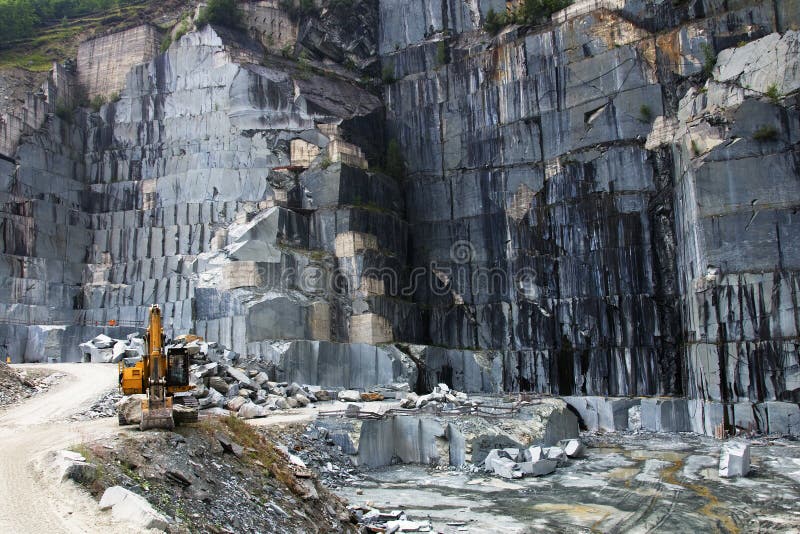Unveiling Granite Quarries in South Africa Heritage: A Journey Through Quarries
Unveiling Granite Quarries in South Africa Heritage: A Journey Through Quarries
Blog Article
Revealing the Mysteries of Granite Quarrying: Where Strength and Sophistication Meet
The world of granite quarrying is a realm where the raw strength of nature merges with human virtuosity to develop structures that stand the examination of time with an air of beauty. From the midsts of quarries to the meticulous polishing in workshops, the process of transforming granite into architectural marvels is a complicated dancing of practice and technology. As we peer into the depths of this old craft, we begin to reveal the surprise ins and outs that shape the extremely significance of our constructed environment.
The Beginnings of Granite Quarrying
In the record of building history, the beginnings of granite quarrying are shrouded in a tapestry of ancient craftsmanship and geological wonders. Dating back to old Egypt and Mesopotamia, the extraction of granite from quarries noted the beginning of a journey that would eventually cause the production of several of the globe's most legendary frameworks.
Granite quarrying's origins can be traced to the knowledgeable craftsmens that recognized the rock's sturdiness and aesthetic appeal. With a mix of primitive devices and sheer resolution, these early quarry employees discovered granite blocks that would certainly end up being the building blocks of human beings.
As civilizations developed, so did the strategies of quarrying granite. The Romans, renowned for their design expertise, developed sophisticated techniques for extracting granite to construct monuments, holy places, and roads that stood the examination of time.
The legacy of these ancient quarrying methods continues to shape modern-day style, with granite continuing to be an icon of stamina and sophistication in building projects around the globe. (granite quarries in south africa)
Devices of the Quarrying Profession
The development of granite quarrying strategies from old people to modern times highlights the essential function played by the devices of the quarrying trade in shaping the industry's techniques. In ancient times, quarrying devices were rudimentary, usually containing knives, hammers, and wedges made from materials like bronze or iron. These tools needed substantial manpower and time to remove granite obstructs from quarries.

In addition, the intro of pneumatic tools and high-powered equipment has actually dramatically reduced Going Here the physical labor required in quarrying operations, improving worker security and efficiency. As the quarrying sector remains to innovate, the tools of the trade stay at the center of driving progression and forming the future of granite removal.
Drawing Out Blocks of Granite
Using accuracy equipment and progressed methods, the removal of granite blocks from quarries has actually become a sophisticated procedure in the modern quarrying industry. The first action involves identifying the place and dimension of the granite down payment to determine one of the most efficient extraction method. Once an appropriate website is picked, the removal procedure starts with the exploration of holes for the placement of nitroglycerins. Managed blasting methods are after that utilized to damage apart the granite into manageable areas.

Polishing and Finishing Methods
To accomplish a flawless surface on granite blocks, skilled artisans employ a series of precise polishing and completing techniques. After special info the first extraction and shaping procedures, the granite blocks undertake a comprehensive polishing stage to boost their natural elegance and toughness.
In addition to sprucing up, completing strategies are used to further fine-tune the granite's look. By carefully picking and applying these brightening and finishing strategies, artisans can transform raw granite blocks right into charming pieces that display both strength and style.

Ecological Influence and Sustainability
With the expanding focus on ecological awareness in the industry, granite quarrying practices are increasingly looked at for their effect on natural deposits and lasting sustainability. Quarrying for granite can have considerable environmental ramifications. The extraction procedure commonly involves making use of heavy equipment, nitroglycerins, and large quantities of water, causing habitat damage, dirt erosion, and water air pollution. Furthermore, the transportation of granite from quarries to refining facilities creates carbon discharges, better adding to ecological deterioration. granite quarries in south africa.
To minimize these impacts and make certain sustainability in granite quarrying, market stakeholders are adopting different actions. Applying advanced innovations to lower power usage and water usage, reclaiming quarried land for environmental repair, and promoting liable sourcing techniques are some approaches being used. Certifications such as the Forest Stewardship Council (FSC) and the Leadership in Power and Environmental Layout (LEED) aid consumers identify check over here environmentally friendly granite items.
Verdict
Finally, granite quarrying is a process that requires specialized devices and techniques to essence blocks of granite and polish them to a high level of coating. While the ecological impact of quarrying can be substantial, efforts are being made to boost sustainability methods in the industry. On the whole, granite quarrying is a fragile equilibrium in between using the stamina and sophistication of this all-natural rock while reducing its influence on the atmosphere.
Report this page